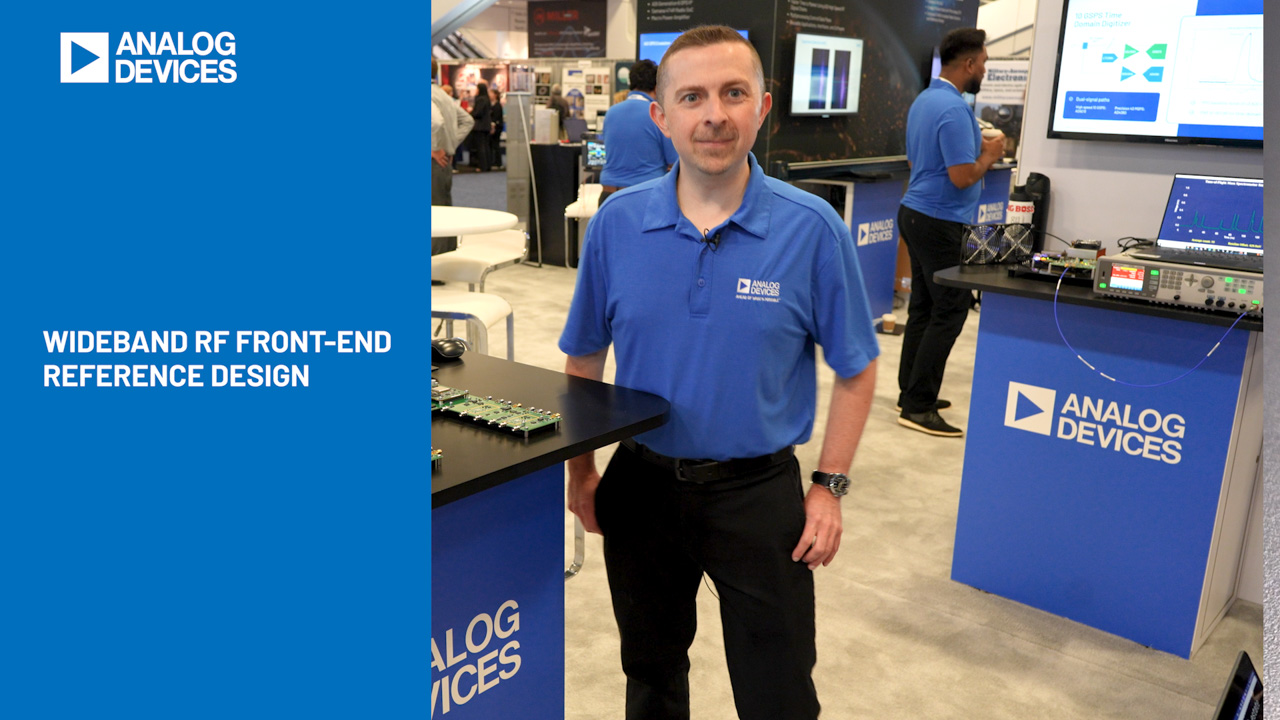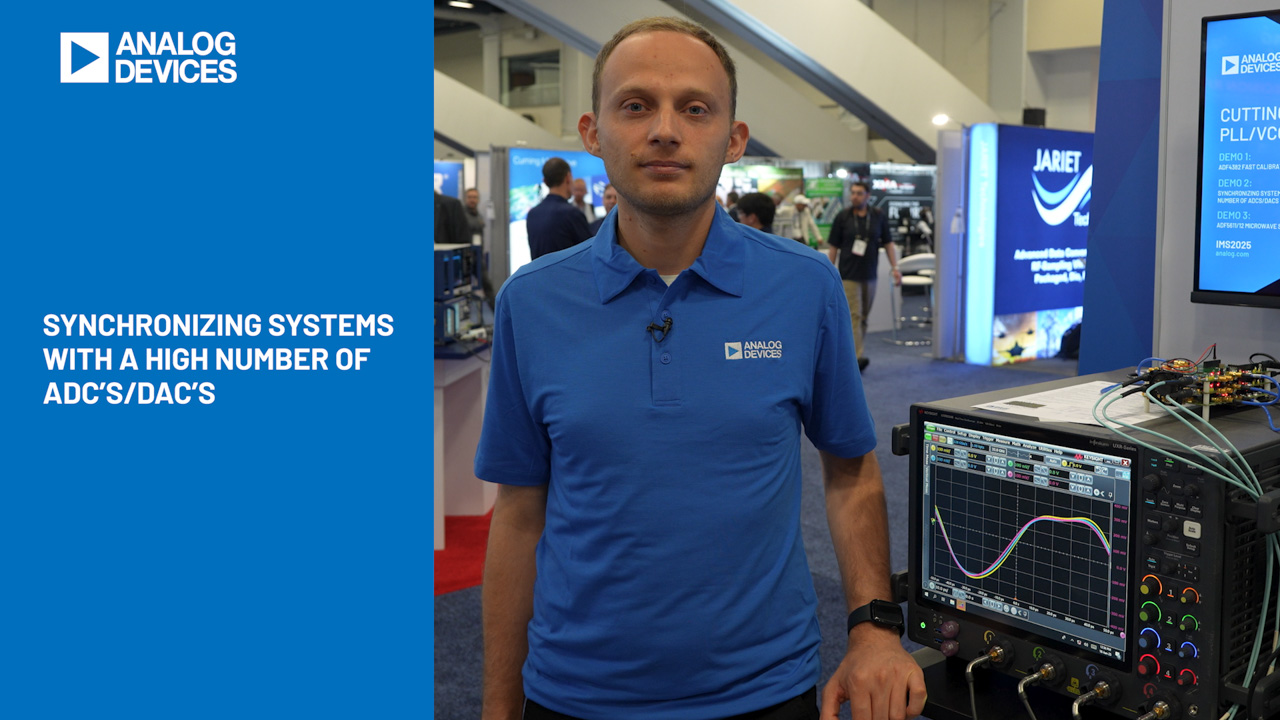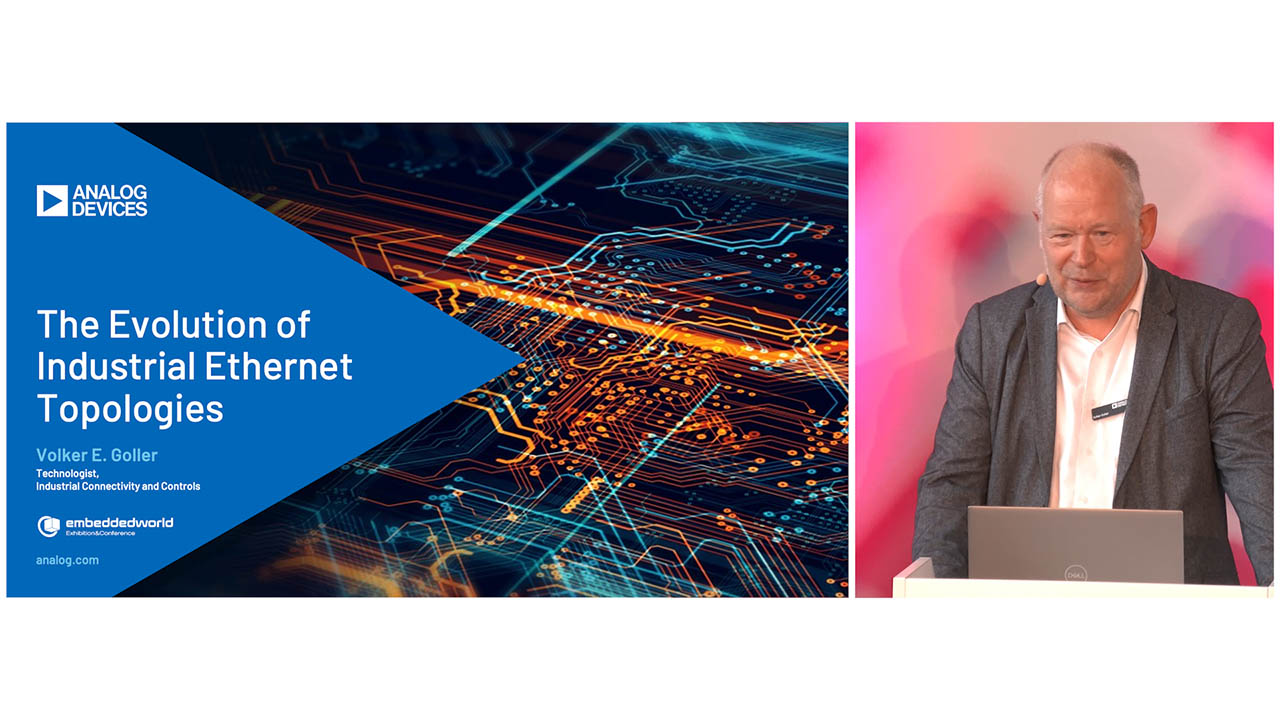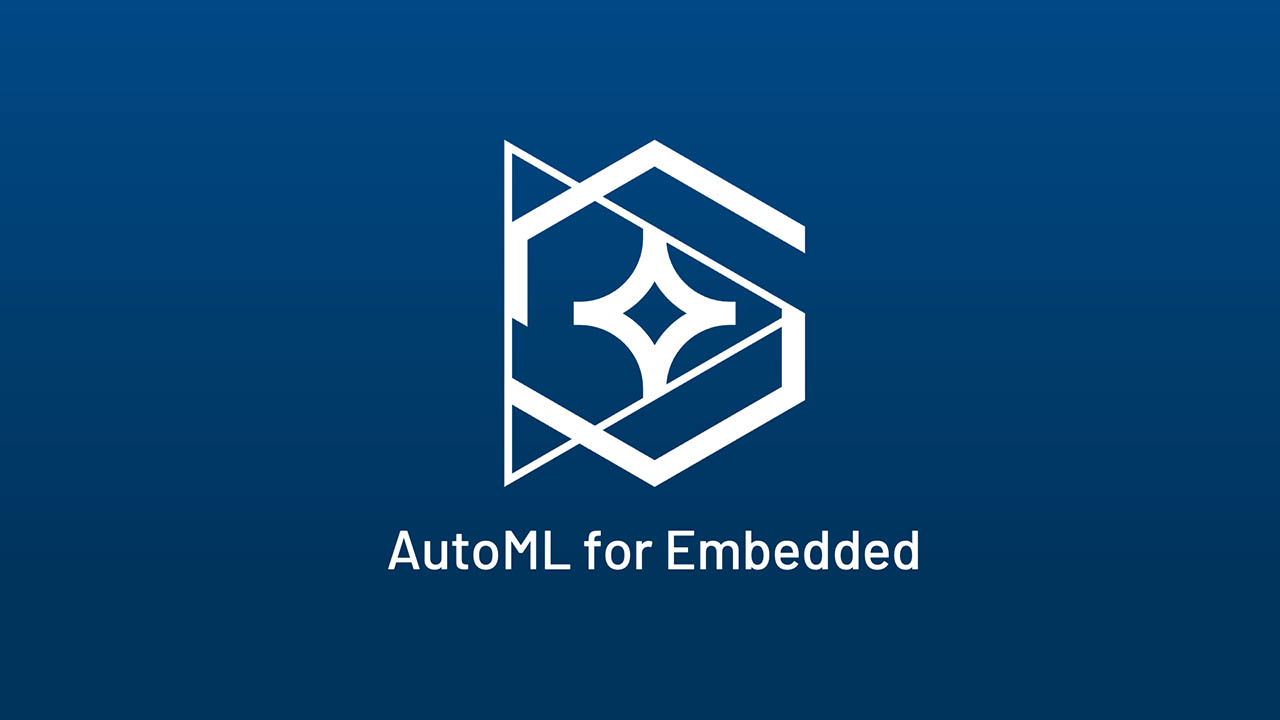Use Configurable Digital IO to Give Your Industrial Controller the Edge
Abstract
As factories get bigger, centralized industrial process control has become difficult to manage. While attempts have been made to simplify this task, it still remains unwieldy. However, a change of approach, in the guise of edge computing, has appeared on the horizon. In this design solution, we briefly review the centralized approach before looking at what potential changes edge computing will bring to the factory floor. We also show a digital IO IC that allows for smaller, more adaptable programmable logic controllers (PLCs) more suited to this developing architecture.
Introduction
“57 channels (And Nothin’ On)” sang Bruce Springsteen back in 1992. By comparison with the unquantifiable number of cable (and internet) TV channels available today, at that time, it probably represented quite a large degree of choice for Saturday night viewing. Nowadays, 57 is not far below the 64-channel capacity of high-end Programmable Logic Controllers (PLC) used in industrial automation and process control systems (Figure 1).

Figure 1. Multi-channel PLC.
Indeed, the labyrinthine nature of modern factories, with ever-increasing numbers of sensors, actuators, motors, solenoids and valves, has driven the requirement for industrial controllers to have an increasing number of channels required to interpret data, make decisions and respond. While adding more and more channels to the controllers might seem like the obvious approach, managing this centralized approached to process control has of itself become a gargantuan task, not least due to the rat’s nest of cabling required to make it work. Ironically, it has become necessary for ingenious new techniques to be developed just to try and maintain some physical control of the control systems themselves. Even just as this approach appears to have been pushed to its breaking point, a change appears to be on the horizon, in the form of edge-computing. In this article we review the evolution of the centralized approach to industrial process control and attempts to make it less unwieldy. We discuss how edge computing may be about to completely revolutionize control of industrial systems before presenting an IC which will accelerate the design of smaller, more flexible PLC’s more suited to this emerging paradigm.
Wired Marshalling
Until recently, the standard way of connecting field I/O devices to a programmable logic controller (PLC) has been through traditional wired marshalling as illustrated in Figure 2. Multi-core cables run wires from the field devices located on the factory floor to the terminal blocks of marshalling panels, usually located in an I/O room. Here, the wiring is cross- marshalled so that each field device is connected to the I/O card of the appropriate controller channel.

Figure 2. Wired marshalling.
This approach has the potential to cause problems. For example, during cross-marshalling, it is difficult to keep track of which wires are coming from and going to, leading to errors if wires are incorrectly connected or even left completely unconnected. Debugging and testing each connection can be time-consuming and laborious for technicians and engineers alike, potentially introducing costly delays to the commissioning of a new process. In theory, once debug is complete, the system should run correctly but additional problems can emerge if unforeseen changes are required late in the project. Sometimes it may be necessary to add a new field device. For example, if a temperature switch is changed to a temperature transmitter, then a digital input will need to be changed to an analog input. An even worse situation occurs if new field devices are added to the system, but the marshalling panel does not have enough spare connections of the required type to accommodate them. In this case, the controller would need to be replaced, potentially adding additional cost and delay to the project.
Electronic Marshalling
Electronic marshalling (Figure 3) was developed to replace wired marshalling. It was designed to prevent the human errors associated with the manual element of wired marshalling, namely the cross-connection of the I/O devices on the marshalling panels. As with wired marshalling, the multi-core cables from the field are routed to the right side of the terminal blocks in the marshalling cabinet by technicians on the factory floor. However, in the I/O room, there is no longer any need to manually connect each terminal block to the appropriate controller I/O channel, as this is handled electronically within the system itself.

Figure 3. Electronic marshalling.
The clear advantage of electronic marshalling is that an I/O device can be connected to a specific controller whenever necessary without physical wiring changes. If at a later stage in the project, changes are made to I/O types, or additional devices are required, then no changes are needed to existing wiring or cabinets. In addition, extra I/O capacity can be added to the marshalling cabinets and then electronically marshalled to the controllers as required. At the heart of the electronic marshalling approach is a rack of portable and replaceable modules or cards. An appropriate card type is inserted into the slot to which the wiring for an I/O field device is connected. For example, a digital input (DI) card would be placed in the slot for a temperature switch. The card would then connect to the appropriate channel of the controller. The function of each controller channel is defined by the type of card (for example, DI or DO) placed in each slot.
While the flexibility offered by electronic marshalling is obvious, there is a not-so-obvious inherent inflexibility. If it is necessary to change the functionality of a controller channel from a DI to a DO, or vice versa, the physical card for the channel must be changed. Also, the total number of DI and DO channels is defined by the number of each type of card in the rack. This places limitations on the flexibility of the electronically marshalled system by constraining the number of DI channels and DO channels in the rack.
Edge-Computing
Clearly, either approach to wiring multiple input and output devices back to a centralized controller will suffer under the burden of sheer scale and the finite numbers of channel types in the IO cabinet. Also, more IO devices mean more and longer lengths of wiring to be managed, further increasing complexity. Another problem with this approach is that while sensors provide copious amounts of data that can be uploaded to the cloud for analysis, the inherent latency of a TCP/IP network makes it unsuitable for processing and controlling industrial processes which need a real-time response to measured data. For this reason, in the future, instead of using large centralized controllers, multiple smaller real-time controllers will be located right beside the equipment they are controlling on the factory floor (“the edge”), greatly reducing the amount of wiring required. These controllers will have the intelligence to process and respond instantaneously to the measurements they are making but they will also have the capacity to upload data to the cloud (for example, using 5G or other high speed connection) at intermittent intervals while also downloading new configurations that may become available after measured data has been processed and analyzed by cloud based algorithms.
Designing a Remoter I/O
A controller which is to be placed on the edge of the factory floor, sometimes called a “Remoter I/O” must be small, flexible and robust. It requires a digital IO that can translate the high voltages (nominally 24V and upwards) used by industrial equipment down to the level (< 5V) required by a microcontroller. The MAX14906 (Figure 4) can provide this. It is an IEC 61131-2 compliant, four-channel industrial digital output, digital input device that can be configured on a per-channel basis as a high-side (HS) switch, push-pull (PP) driver, or a Type 1 and 3, or Type 2 digital input as required . It is specified for operation with a supply voltage up to 40V but is tolerant to 65V for robust performance. Another advantage of this part is that the SPI interface allows multiple parts to be daisy-chained together where more IO channels are required. Integrated diagnostics include broken wire detection and CRC error checking of data while a SafeDemag™ feature allows it to safely discharge any amount of inductive load when used as a DO. While this IC is ideal for use in the design of small (4 channel or more) remoter I/O, it is also suitable for use with controllers using the control cabinet arrangement previously described. Using the MAX14906, the number of IO slots required in a rack can be reduced, saving space, simplifying wiring and reducing system downtime as the card can be programmed to function as a DI or DO using software alone.

Figure 4. Typical application circuit for MAX14906 Quad DI/DO.
Summary
In this design solution, we reviewed the traditional centralized approach to signal routing in factory automation systems, namely wired marshalling. We showed how the problems associated with this approach were somewhat mitigated by the migration to electronic marshalling. Although it is a considerable improvement, it is not a panacea to deal with the ever-increasing number of IO devices on the factory floor. We also explained that while cloud computing is ideal for analyzing the vast amount of data produced by industrial sensors and how, it is not fast enough to control real time industrial processes. For these reasons, in the future, smaller, more robust and adaptable real-time controllers will be located at the very edge of the factory floor, next to the equipment to they control. We presented a robust configurable 4-channel Digital IO IC which ideally suited for use in their design. This part is also suitable to increase the flexibility or reduce the number of IO channels required in current controller designs.
A similar version of this design solution originally appeared in Embedded Comuting Deisgn on August 17, 2020.




















